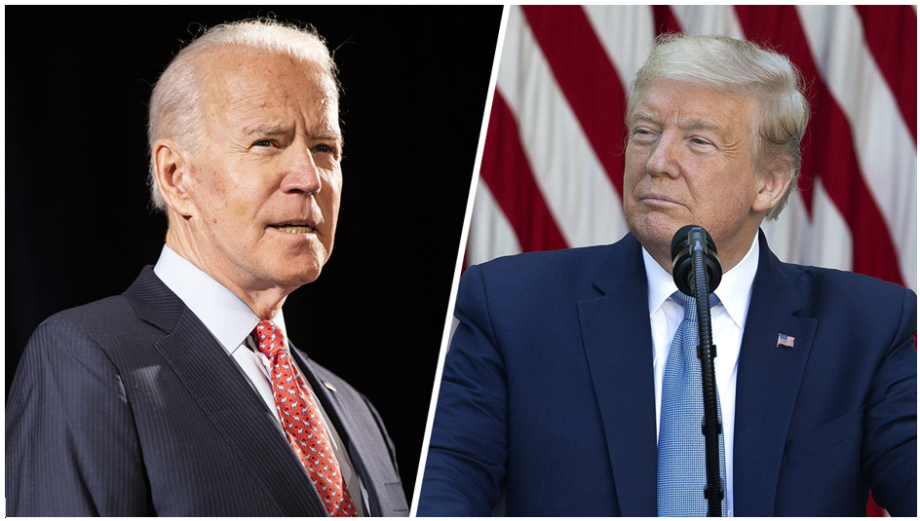An Election Pattern You Might Not Know About
By Ryan Detrick
With Election Day a mere five days away, we at LPL Research thought we would add one last election forecaster to the mix of what we’ve presented over the last several months—as much because of what it might tell us about the American electorate as what it might tell us about the election.
As shown in the LPL Chart of the Day, since 1952, with surprising regularity, US voters have given each party a second term in the White House to complete its legislative agenda. With equal regularity, they have flipped the party in the White House after eight years, resetting the balance of power in our two-party system.
“For all the talk of partisanship, voters seem to have chosen a kind of slow moving balancing act for more than 60 years,” said LPL Research Chief Market Strategist Ryan Detrick. “It’s almost as if they’ve seen worthwhile ideas in both parties, but have also rejected both parties when an extended stay in the White House might have led to those ideas being taken too far.”
The apparent pattern is really very simple. You get eight years to execute your agenda, so each party gets a second term. But once a party has been in the oval office for two terms, voters seek to reestablish balance.
While the pattern did not work very well before 1952, with Democratic Presidents Franklin D. Roosevelt and Harry Truman holding the White House for five consecutive terms, since then it’s been right in 15 of 17 elections, or 88% of the time. President Jimmy Carter’s loss in 1980 and President George H.W. Bush’s win in 1988 were the only outliers.
While it is a little naïve to say presidential election outcomes are simply due to the electorate seeking balance, there still seems to be something to it. Perhaps voters wanted President Barack Obama’s steady hand coming out of the financial crisis in 2008, but after eight years they thought the pendulum had swung too far and it was time to put an emphasis on a more pro-business approach emphasizing deregulation and lower taxes—an overly simple story but certainly part of what had happened.
As Americans, we are a pragmatic nation. We always have been. It doesn’t mean we reject ideas or don’t seek new ways to pursue our democratic vision. But it does mean that we at least collectively understand that any idea taken too far starts to detach itself from what it was intended to accomplish in the first place.
What does the pattern say about 2020? The forecast would be for a second term for President Donald Trump so that he has a chance to follow through on his policy initiatives. But if former Vice President Joe Biden should win, the American people might be saying the pendulum had swung too far too fast in a single term and it was time to seek balance.
But either way, it only works because people go and vote, so whatever your perspective, we encourage you to vote and add your own wisdom to our 2020 election outcome.
Ryan Detrick is chief market strategist for LPL Financial






What Will Happen To The Tax Laws After The Election?
Jackson National Lays Off 150 Associates
Advisor News
- Americans increasingly worried about new tariffs, worsening inflation
- As tariffs roil market, separate ‘signal from the noise’
- Investors worried about outliving assets
- Essential insights a financial advisor needs to grow their practice
- Goldman Sachs survey identifies top threats to insurer investments
More Advisor NewsAnnuity News
- AM Best Comments on the Credit Ratings of Talcott Financial Group Ltd.’s Subsidiaries Following Announced Reinsurance Transaction With Japan Post Insurance Co., Ltd.
- Globe Life Inc. (NYSE: GL) is a Stock Spotlight on 4/1
- Sammons Financial Group “Goes Digital” in Annuity Transfers
- Somerset Reinsurance Announces the Appointment of Danish Iqbal as CEO
- Majesco Announces Participation in LIMRA 2025: Showcasing Cutting-Edge Innovations in Insurance Technology
More Annuity NewsHealth/Employee Benefits News
- Thousands of Missouri construction workers with Anthem health insurance left scrambling
- Don't let death penalty turn Luigi Mangione into a martyr
- More than 5M could lose Medicaid coverage if feds impose work requirements
- Don't make Mangione a martyr
- Boston Herald: Don’t make Luigi Mangione a martyr
More Health/Employee Benefits NewsLife Insurance News
- 2024 ModeSlavery Report (bpcc modeslavery report 2024 en final)
- Exemption Application under Investment Company Act (Form 40-APP/A)
- Annual Report 2024
- Revised Proxy Soliciting Materials (Form DEFR14A)
- Proxy Statement (Form DEF 14A)
More Life Insurance News